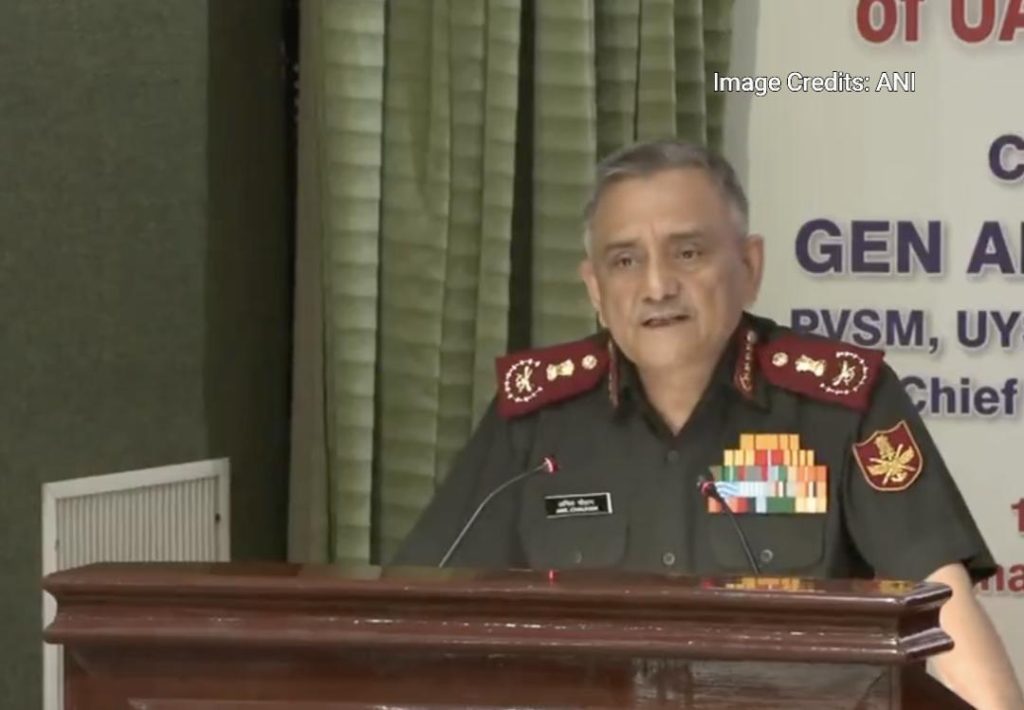
Pak used unarmed drones & loitering munitions: CDS Anil Chauhan
The recent conflict between India and Pakistan has been a topic of much discussion and debate in the international community. While both countries have been accused of using military force, the Chief of Defence Staff (CDS) General Anil Chauhan has shed some light on the specifics of Pakistan’s tactics. In a recent statement, General Chauhan revealed that Pakistan used unarmed drones and loitering munitions during the conflict in May.
According to General Chauhan, none of the drones or loitering munitions used by Pakistan inflicted any damage to the Indian military or civil infrastructure. In fact, most of them were neutralized through kinetic and non-kinetic means. This means that Indian forces were able to take down the drones and munitions without resorting to destructive measures.
Some of the drones and munitions were recovered in almost intact condition, General Chauhan revealed. This suggests that Pakistan’s military may have been experimenting with new technologies, but ultimately, they were unable to inflict significant damage on Indian forces.
The use of unarmed drones and loitering munitions is a relatively new tactic in modern warfare. Unarmed drones are typically used for surveillance and reconnaissance, while loitering munitions are designed to hover over a target area for an extended period before releasing their payload.
In the context of the India-Pakistan conflict, the use of these tactics suggests that Pakistan may have been trying to test Indian defenses and gather intelligence on military assets. However, General Chauhan’s statement suggests that Indian forces were able to detect and neutralize these threats without suffering significant damage.
The revelation is significant because it highlights the sophistication of Pakistan’s military capabilities. While Pakistan has long been accused of using military force against India, the use of advanced technologies like drones and loitering munitions suggests that they may be attempting to modernize their military.
However, General Chauhan’s statement also underscores the effectiveness of Indian defenses. Despite being faced with advanced technologies, Indian forces were able to detect and neutralize the threats without suffering significant damage. This suggests that India’s military may be more prepared to deal with modern threats than previously thought.
The conflict between India and Pakistan has been ongoing for decades, with both countries accusing each other of aggression. The latest round of violence began in May, when Pakistan-based terrorists attacked Indian military positions in the disputed region of Kashmir.
In response, India launched airstrikes against Pakistan, targeting terrorist camps and infrastructure. Pakistan responded by launching airstrikes of its own, but General Chauhan’s statement suggests that these attacks may have been largely ineffective.
The use of unarmed drones and loitering munitions is not a new tactic in modern warfare. Both the United States and China have used these technologies in recent conflicts, often with significant success.
However, the revelation that Pakistan used these technologies against India is significant because it highlights the potential risks and challenges of modern warfare. As technologies advance and new weapons are developed, the risk of conflict and the potential for damage to civilian infrastructure increases.
In conclusion, General Chauhan’s statement suggests that Pakistan used unarmed drones and loitering munitions during the conflict in May, but that none of these threats inflicted significant damage on Indian forces. This revelation highlights the sophistication of Pakistan’s military capabilities, but also underscores the effectiveness of Indian defenses. As the conflict between India and Pakistan continues, it is likely that both sides will continue to develop and use new technologies to gain an advantage.






